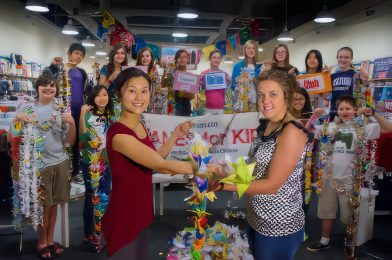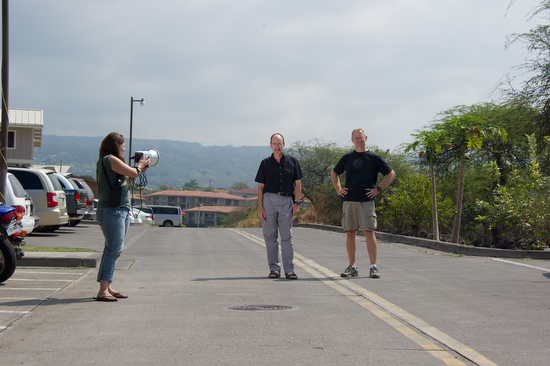Miyuki Ishida Johnson, the Japanese teacher at Elkins Pointe Middle School, accepts a check from Cranes for Kids, run by Osh Kosh Clothing.
Of check presentations, this is one of my favorites. All the kids from the Origami Club came to the Osh Kosh clothing store with the teacher and all the Cranes they made. Visually, this is quite interesting.
One of the main reasons I love the photo is my daughter is in the group photo. If I were thumbing through a publication, this photo most likely wouldn’t make me stop to read the caption or the story.
A good lead for a story is as much about surprise as the content itself. If you are not careful, you can pay more attention to grammar and style and forget that the audience needs to be entertained to keep them engaged.
The best way to ensure that your photograph doesn’t do what it is supposed to is to use a cliché.
What is a photo supposed to do?
Why use a photo? Before you answer that question, you’ll need to ask what you want to accomplish. You may determine you don’t even need a photograph, an article, or a press release.
Sometimes, the primary audience you are trying to reach is so tiny you could hold a luncheon; sometimes, you meet with the people in person.
When the purpose has been decided that you need to communicate a message and the audience is best reached through a website, printed pieces, or social media, you know that people respond to photos more than text.
The most common mistake made at this point, which leads us to the check presentation photo, is the assumption that any photo will do.
This is the best way to communicate your message; you have seen many check presentations. More people than other options use it; therefore, it must be the best, which needs to be revised.
What is the check for?
The best question to help you move to a better photo is to ask what the check is for.
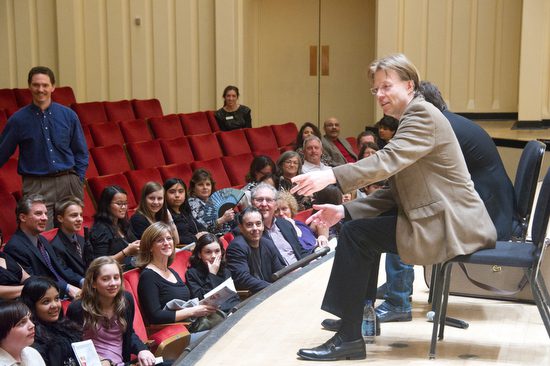
Which would you instead use, the photo of the students getting time with one of the best violinists and orchestra conductors or the check presentation to the school administrator that helps support these types of opportunities?
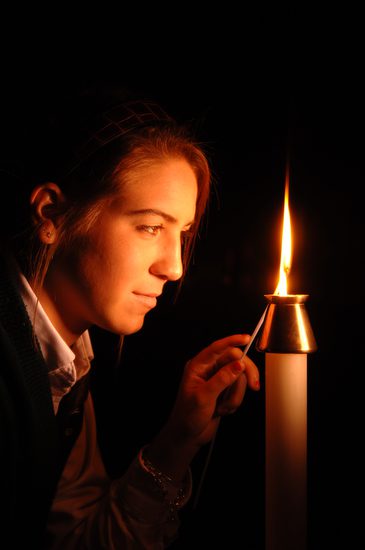
Series of photos
Could you think about one photo? Sometimes, a series of photos will help tell the story even better.
Seth Gamba had few instruments when he started teaching orchestra in North Fulton elementary schools; he could buy some electronic orchestra instruments as gifts. This made a difference in the student’s excitement about music.
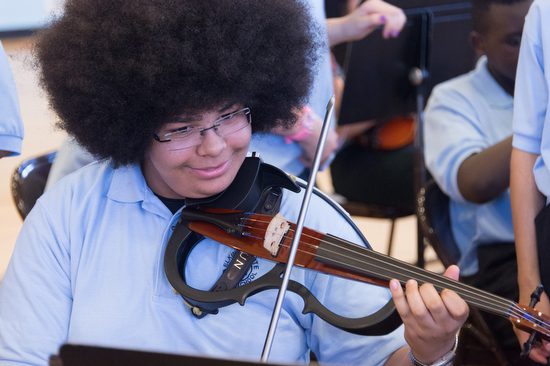


While the photo is a better visual surprise than a check presentation, a good writer will help drop in other surprises.
One study done at Georgia Tech found that the only thing that significantly impacted retention and graduation rates was if a student took music classes. Tutors, Greek life, taking courses to help improve study habits, and everything the school could test had no significant impact other than music.
Can you see how working this into the caption can help the development office raise even more funds than a check presentation photo?
Next time someone suggests a check presentation photo, please remember to ask what the check is for and indicate a picture that shows the purpose of the gift.

